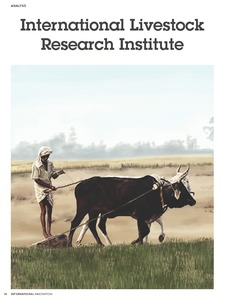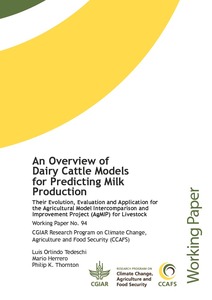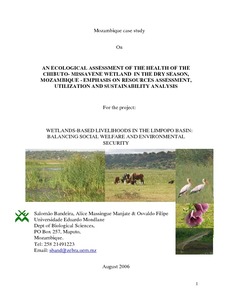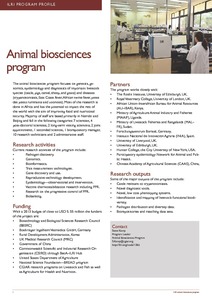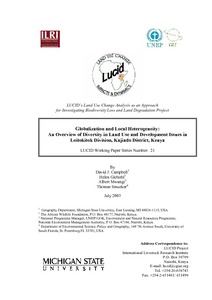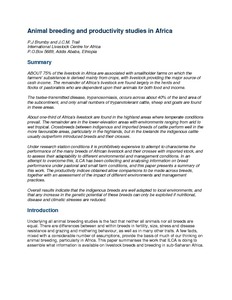terras de pastagem
AGROVOC URI:
An Overview of Dairy Cattle Models for Predicting Milk Production: Their Evolution, Evaluation, and Application for the Agricultural Model Intercomparison and Improvement Project (AgMIP) for Livestock.
The contemporary concern about anthropogenic release of greenhouse gas (GHG) into the
environment and the contribution of livestock to this phenomenon have sparked animal
scientists’ interest in predicting methane (CH4) emissions by ruminants. Focusing on milk
production, we address six basic nutrition models or feeding standards (mostly empirical
systems) and five complex nutrition models (mostly mechanistic systems), describe their key
characteristics, and highlight their similarities and differences. Four models were selected to
An ecological assessment of the health of the Chibuto wetland in the dry season Mozambique: Emphasis on resources assessment utilization and sustainability analysis
Animal biosciences program
An overview of land use issues in the communities of Loitokitok Division, Kajiado District, Kenya
Animal breeding and productivity studies in Africa
Summarises the work that ILCA is doing to assemble what information is available on livestock breeds and breeding in sub-Saharan Africa.
An overview of the development challenges and constraints of the Niger Basin and possible intervention strategies
The Niger River Basin covers 7.5% of the African continent, and is shared between nine riparian
countries. The basin countries can be categorized into water resources producers, consumers, both
producers and consumers, and minimum contributors and consumers. As in the case for most
transboundary rivers, upstream and downstream conflicts emanating from the development and
utilization of the Niger River are inevitable and are expected to be intense, particularly given the
An efficient sampling protocol for sagebrush/grassland monitoring
Rangeland scientists and quantitative ecologists have developed numerous methods and monitoring techniques that can be used for vegetation sampling (Barbour et al. 1987). The methods used to position samples (transects, quadrats, lines, and points) vary and can be classed as selective, capricious, systematic, or random. One of the prerequisites for valid statistical inference is that samples are taken randomly. A random sampling procedure implies that all elements or units of the population being studied have an equal chance of being represented in the sample.

